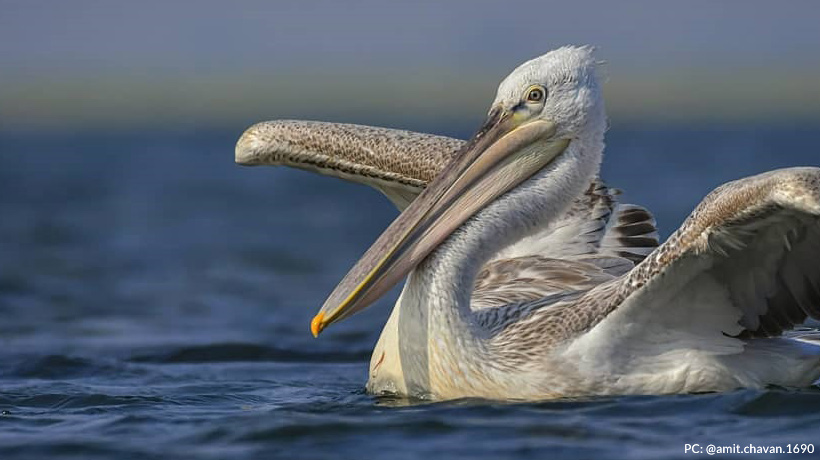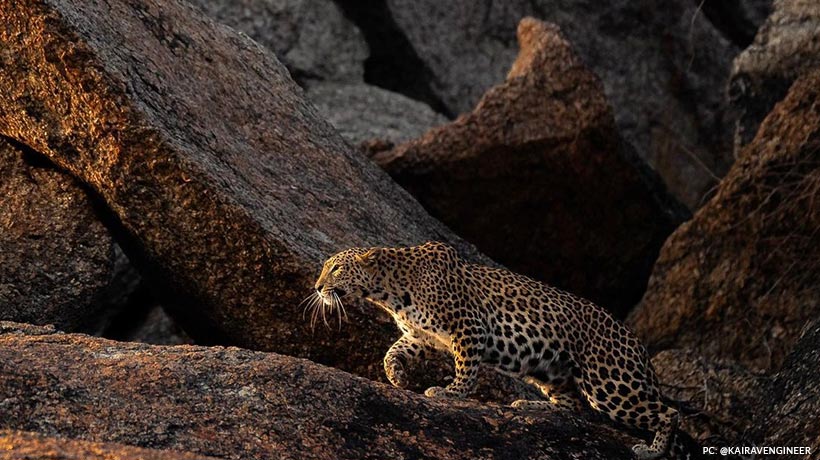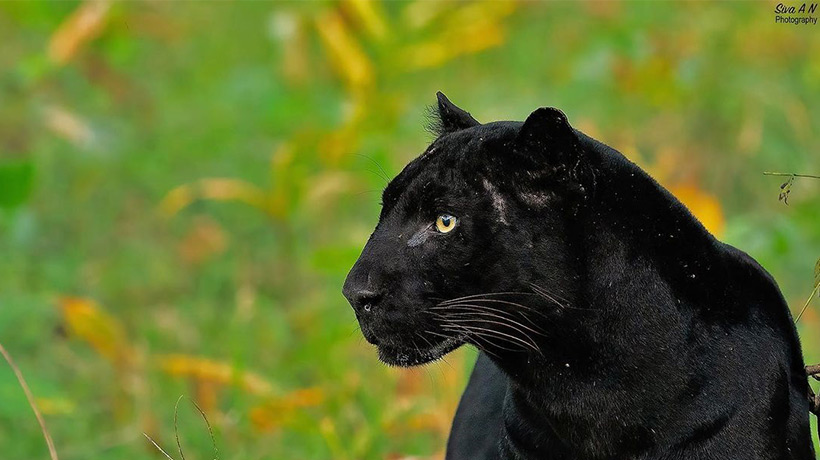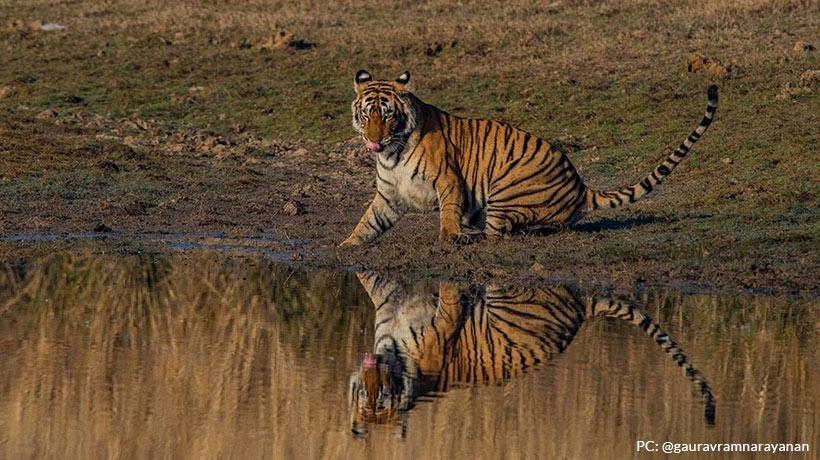Nalsarovar Bird Sanctuary is a beautiful natural lake with shallow waters and muddy lagoons. It offers an ideal ground for thousands of migratory birds in winters. Migratory birds in winter are the biggest attraction at Nalsarovar Bird Sanctuary and it houses over 250 species of migratory as well as resident birds. Nal Sarovar Bird Sanctuary is an important part of Gujarat. The wildlife enthusiasts who visit Gujarat for Asiatic Lions would be pleased to find such a variety of birds with a rich diversity of flora & fauna.

The Nalsarovar Bird Sanctuary covers an area of around 100 sq. km. and is dotted with an island. The shallow lake has rich aquatic vegetation and varieties of fish and attracts many water birds in winters. Rowed by Local communities take tourists close to flamingos, pelicans, and other birds. The best way to sight these birds here is to take a boat ride. You can watch flocks of flamingos together, a purple heron which is a delightful sight at Nalsarovar.
Migratory Birds in Nalsarovar
Migratory birds start arriving in October and stay till the end of March. The migratory birds have the largest population in the peak season of winters. There are about 360 islets in the lake and most of them lie exposed when the water level is low. The lake plays host to migratory birds who arrive from Central Europe, Central Asia, Australia, and Siberia

The number of birds that are encountered in this wonderful place leaves the bird lovers spellbound. As you move towards the islets through the sedges and aquatic grass, you will be able to hear the fluttering sound of thousands of birds. The lesser flamingos visit the sanctuary during monsoon periods whereas the greater flamingos become abundant as the salinity increases after the monsoon.
Flora & Fauna at Nalsarovar
The sanctuary comprises around 48 species of Algae and 72 species of flowering plants. The common aquatic plants include Cyperus sp., Scripus sp., Typha Ungustata, Eleocharis palustris, Ruppia, Potamogeton, Vallisneria, etc.
The important migratory and residents birds in this sanctuary include lesser and greater flamingos, rosy and dalmatian pelicans, painted storks and open-billed storks, purple herons and grey herons, little egrets, intermediate egrets, and great white egrets, grey wagtails, white-throated kingfishers, and pied kingfishers, Oriental darters, whiskered terns, and little terns, glossy ibis, western yellow wagtails, red-wattled and yellow-wattled lapwings, little and great cormorants, common kingfishers, black-tailed godwits, wood sandpipers and at least seven species of ducks – ruddy shelducks, common shelducks, lesser whistling ducks, knob-billed ducks, Indian spot-billed ducks, tufted ducks, and ferruginous ducks.

You can also spot a small herd of wild ass, mongoose, jungle cat, Indian fox, jackal, and hyena on the southwestern fringes of Nalsarovar bird sanctuary.
Conservation at Nalsarovar
A significant conservation value of Nalsarovar lies in its congregation of important birds like Grey-lag Geese, Glossy Ibis, Coots, Cranes, etc. There are three species noted in India of Pelicans, two species of which are Rosy & Dalmatian Pelicans.

Best Time to Visit
The Bird Sanctuary is open throughout the year, but the best time to visit is between October to March when the migratory birds from all over the world are present here. Visit the sanctuary early in the morning, preferably before sunrise for the best bird watching experience without the tourist hordes.




